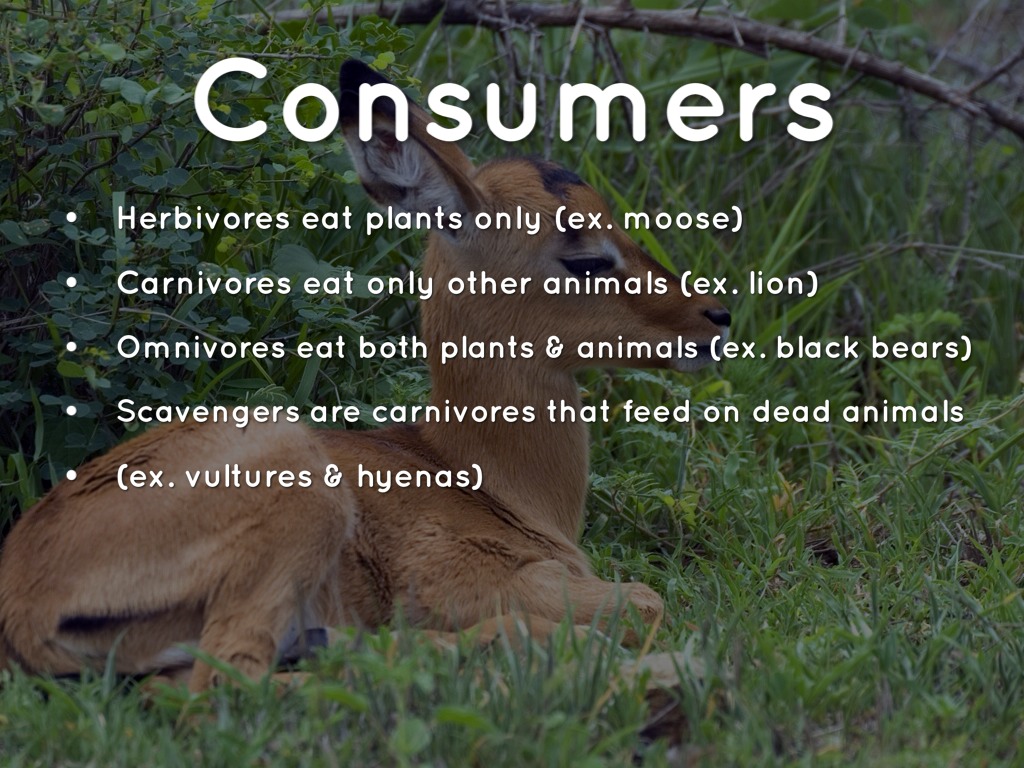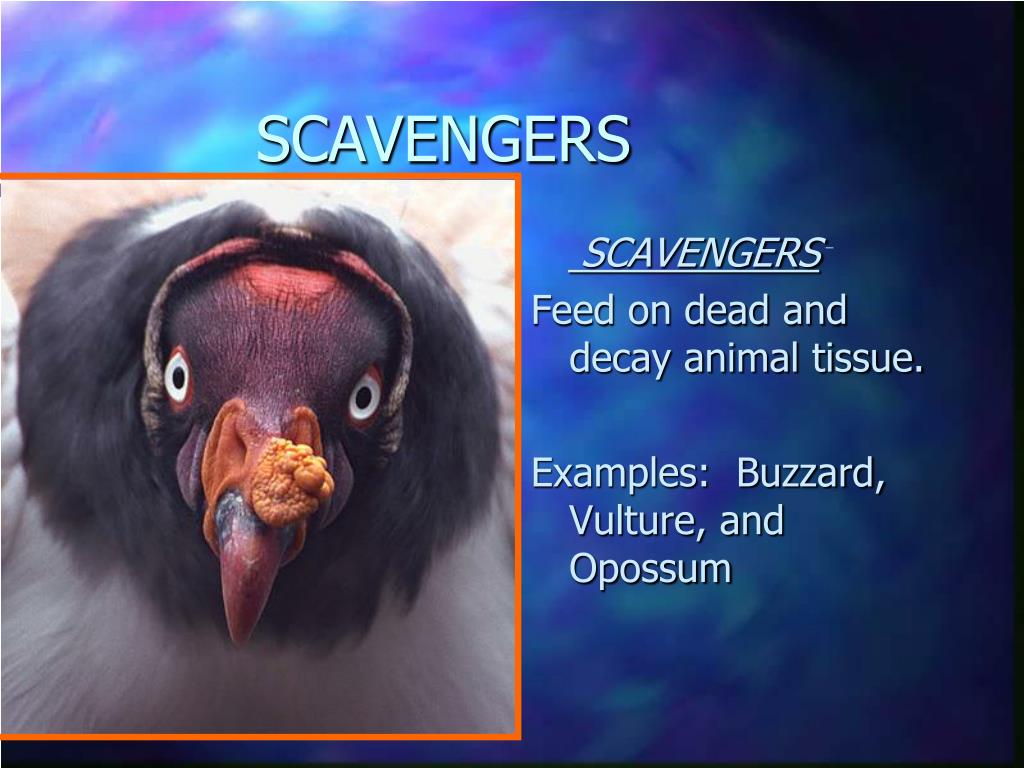
Our objectives are to determine the scavenging patterns in (1) the detection time (the elapsed time between the placement of the carcass and the arrival of the first scavenger) and (2) the depletion time (the elapsed time between carcass placement and its complete consumption) of deer carcasses in a Japanese forest ecosystem, and to evaluate the factors that affect these scavenging patterns. To understand the ecological role of vertebrate scavenging, it is important to evaluate how facultative scavengers detect and consume animal carcasses and consequently contribute to the removal of these carcasses. It is unclear whether facultative vertebrate scavengers contribute to the removal of deer carcasses in addition to invertebrates, and or whether there are species in the system (similar to vultures) that signal carcass locations to other scavengers. Vertebrates and invertebrates are known to compete for carrion especially warm temperatures 21, 22, and invertebrates may perform functional compensation of vertebrates, as evidenced by the consumption of house mouse Mus musculus (Muridae) in the insular system 23. On the other hand, invertebrates are also active in this system except in winter. Therefore, facultative scavengers could be especially important to ecosystem services in this system through removing carrion 16, 19, 20. Japanese forest ecosystem lacks obligate scavengers (i.e., vultures), and instead the scavenger community is composed of facultative scavengers, dominated by raccoon dogs ( Nyctereutes procyonoides) and Asian black bears ( Ursus thibetanus) that are the primary scavengers of large ungulate carcass such as sika deer ( Cervus nippon hereafter “deer”) 17, 18. Nevertheless, there are still limited studies evaluating vertebrate facultative scavenger communities (e.g., Refs. Thus, it is important to understand ecosystem function (i.e., carrion consumption) by the facultative scavenger community in a system where obligate scavengers are absent. Facultative scavengers also include some key species, with high olfactory acuity and social foragers, playing an important ecological role in the facilitation of carrion consumption in a scavenger community 11.

But scavenging by facultative scavengers (species that opportunistically feed on carrion such as carnivora and raptors 12) is also widespread, even in the absence of vultures (e.g., Refs. Specifically, while obligate scavengers are highly efficient at consuming carrion, they also promote the interspecific interactions with other scavengers by signaling carcass locations while also opening large carcasses and allowing other scavengers access, thereby enhancing the carcass consumption rate 6, 10, 11. Obligate scavengers are excellent at detecting carrion, as a result, lead to carcasses being consumed faster 8, 9. Within the vertebrate scavenger community, obligate scavengers (species, like vultures, that are totally dependent on carrion 6) are key species in scavenging networks that make critical contributions to its ecological function 7. Scavenger species are often diverse with different traits and can fill many different ecological roles within communities. These scavenger species range from invertebrates to vertebrates, each of which compete for ephemeral carrion 1, 3. For example, scavengers provide ecosystem services by removing carcasses that are a source of harmful pathogens from ecosystems 1, 4, 5. Our results indicate that facultative scavengers were capable of consuming carrion and contributing ecosystem services in a forest ecosystem that lacks obligate scavengers.Īnimals who scavenge provide structure and important ecosystem services to ecological communities 1, 2, 3. Larger carcasses tended to take longer to deplete, but carcasses were consumed faster in warmer temperatures.

The carcasses were completely consumed on average in 7.0 days, reasonably similar to other systems regardless of habitat, indicating that facultative scavengers are providing ecosystem services. Instead, higher temperatures promoted earlier detection of the carcasses by scavengers, likely related to increased olfactory signals. However, we found no evidence of there being species that signal the location of carrion to other species via social cues. We found that mammals detected carcasses first more often than birds, and that raccoon dogs ( Nyctereutes procyonoides) were the most frequent scavenger to first detect carcasses. Here, we investigated the ecological function of vertebrate facultative scavengers in removing ungulate carcasses from Japanese forests that lack obligate scavengers. The importance of facultative scavenging is often overlooked, but likely becomes especially important in ecosystems without obligate scavengers. Scavenging is a common feeding behavior that provides ecosystem services by removing potentially infectious waste from the landscape.


 0 kommentar(er)
0 kommentar(er)
